Hiroshi Sambuichi reveals Cisternerne extension in Denmark
Japanese architect Hiroshi Sambuichi and Cisternerne director Astrid la Cour reveal plans for a new exhibition space in Denmark
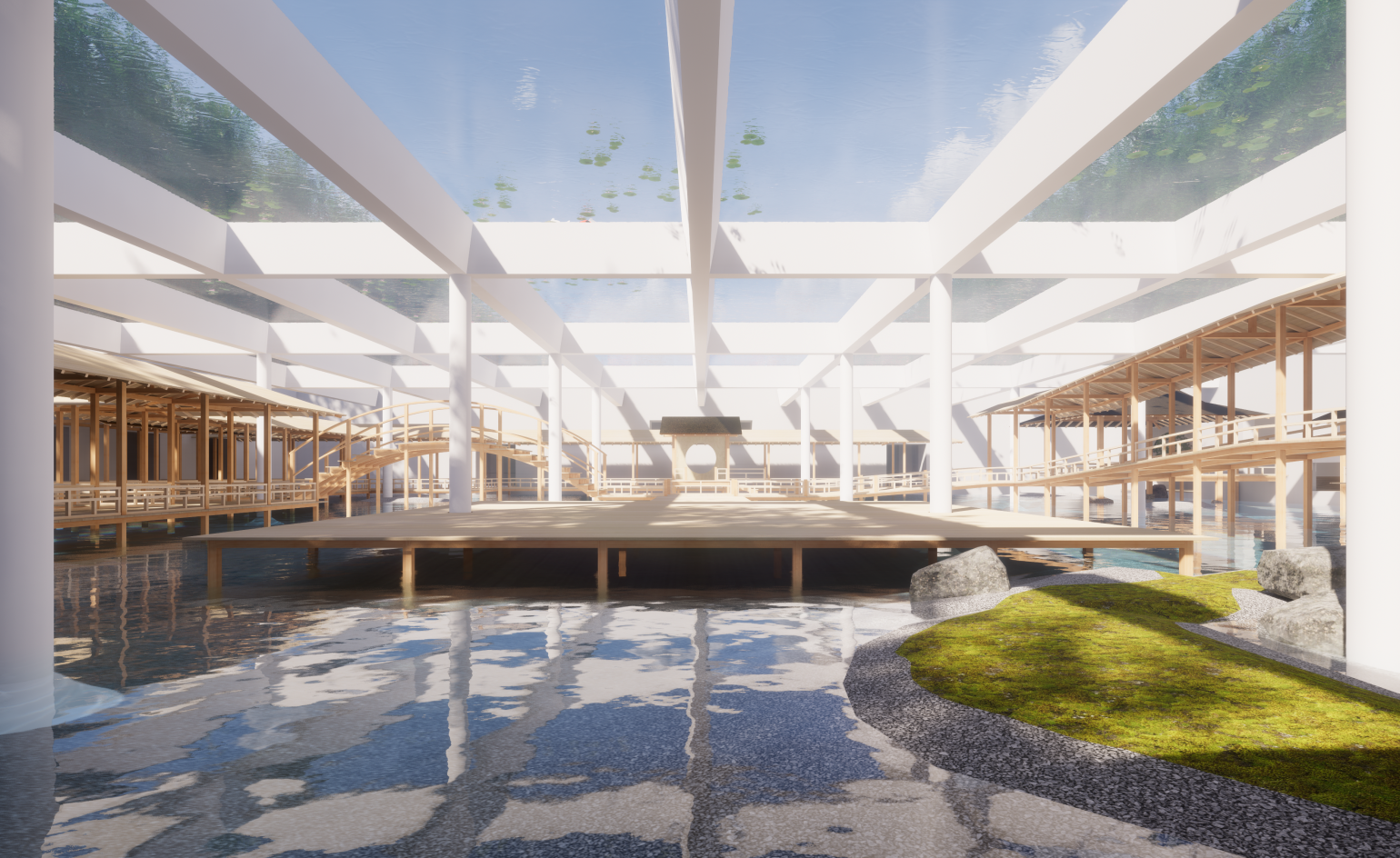
After Hiroshi Sambuichi’s magnificent 2017 transformation of the existing Cisternerne – an underground exhibition space in Frederiksberg, Denmark – the Japanese architecture master and the venue’s director Astrid la Cour have been working on a new, ambitious plan for the historical site and modern art hub: a permanent extension to the museum’s architecture.
Historical documents have shown a fourth chamber at the Cisternerne site (an underground reservoir system of ancient cisterns, now used to display art), in addition to the three known ones that currently make up the museum. Sambuichi plans to excavate and reveal this newly found space and re-establish a mirrored basin from the mid-1800s on ground level. The basin will be made of glass and work as a transparent roof to this new chamber.
New light-filled chamber for Cisternerne
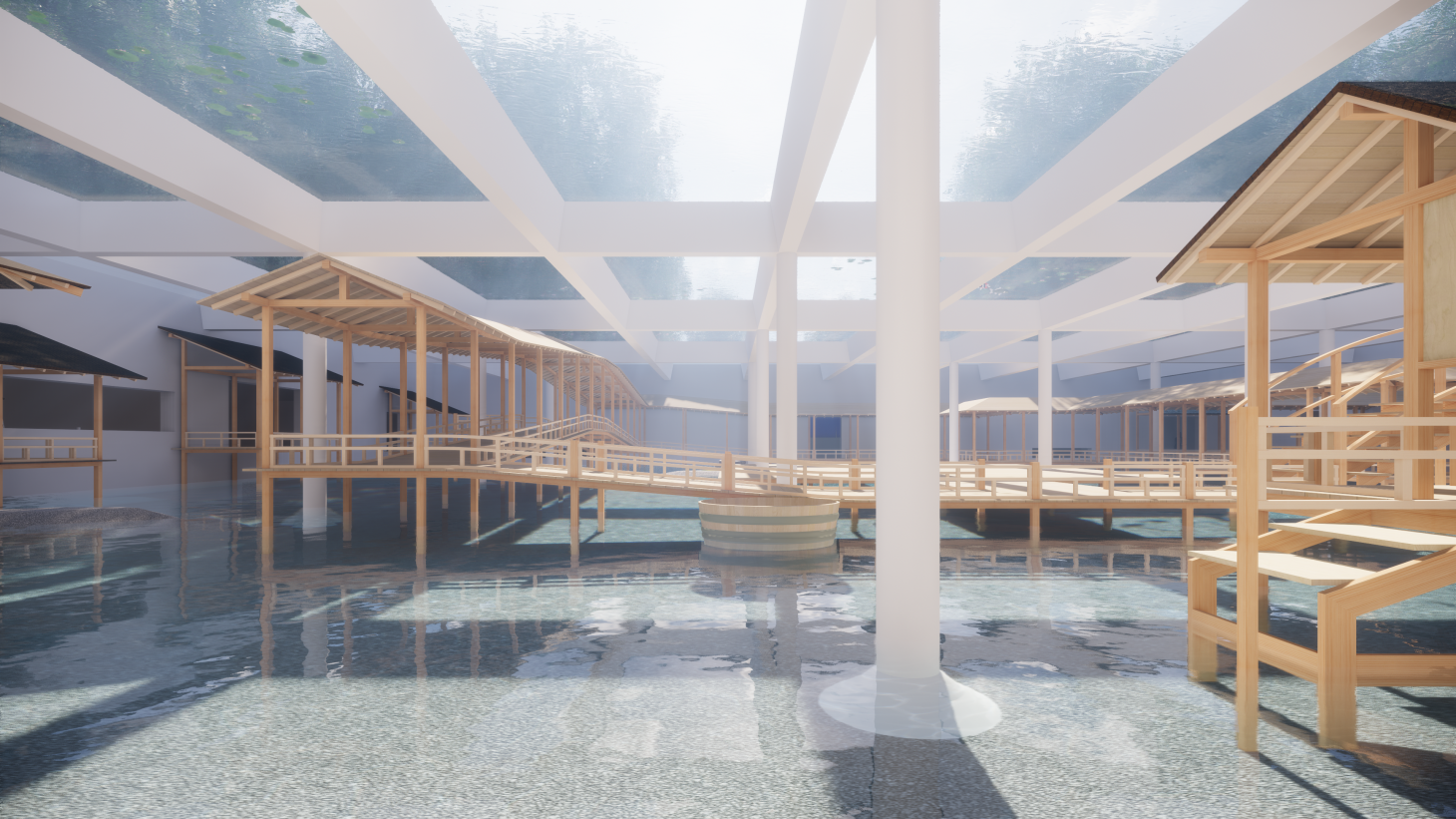
The sun will fill the underground space with natural light and the lake-turned-ceiling will serve as a pool for children in the summer and a skating rink in the winter. Underneath this water feature, a pond will fill most of the fourth chamber. A large wooden stage and covered gangways will criss-cross the space, creating connections and pathways over the water.
‘For me, this is more than just a beautiful piece of architecture. I want this to serve as inspiration for future sustainable architecture and investigate the effects that a roof made of water will have on the light and the climate of the space,' Sambuichi explains.
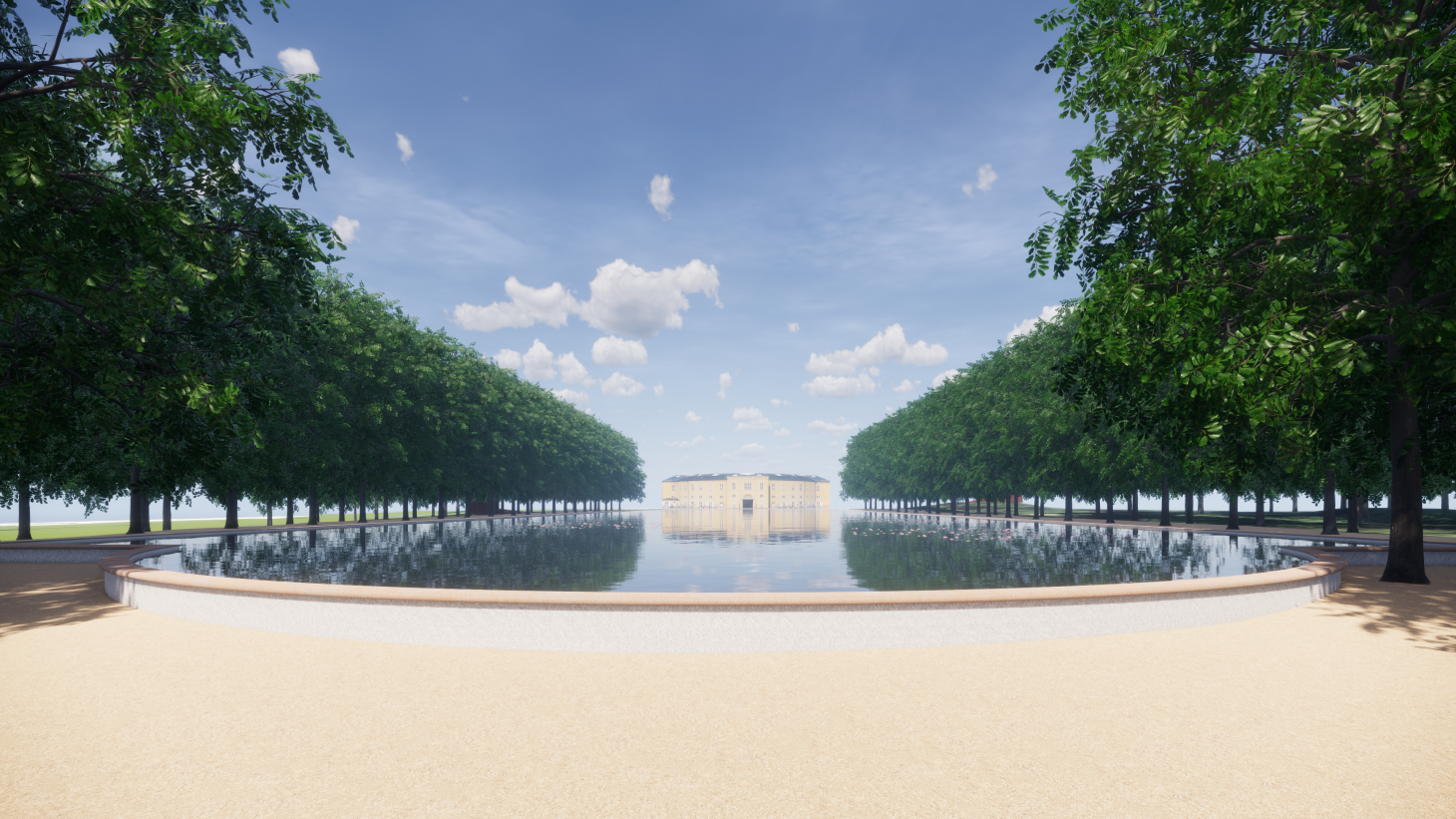
Water acts as a natural filter for most of the sun's UV rays and infrared heat, but lets in daylight to the space. How this will affect the plant and animal life in the lower pond is one of the things that Sambuichi hopes to investigate during this building's design and development.
Ventilation and climate control will also be designed as a largely passive, and hence self-sufficient, system. As in Sambuichi’s Inujima Seirensho museum, a tall wind tower will help to circulate cool air around the chamber, minimising the use of more conventional air conditioning and promoting sustainable architecture.
If realised, the fourth chamber will only enhance the appeal of what is currently one of Europe's most spectacular art venues. Meanwhile, the architecture will pay homage to the relationship between man and nature, explored through this meeting between Sambuichi's sensitive design and the natural elements of sun, wind and water.
Receive our daily digest of inspiration, escapism and design stories from around the world direct to your inbox.
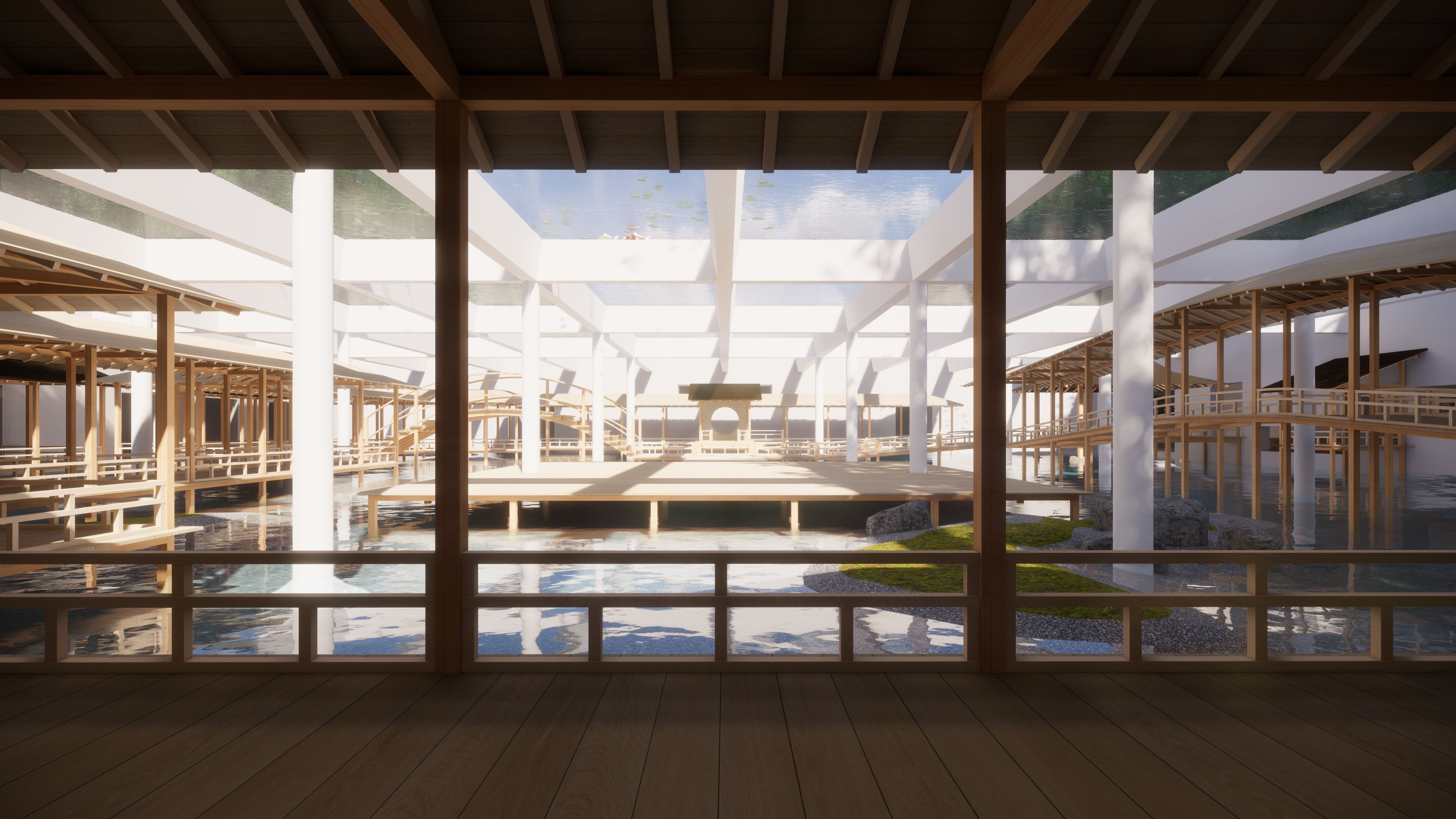

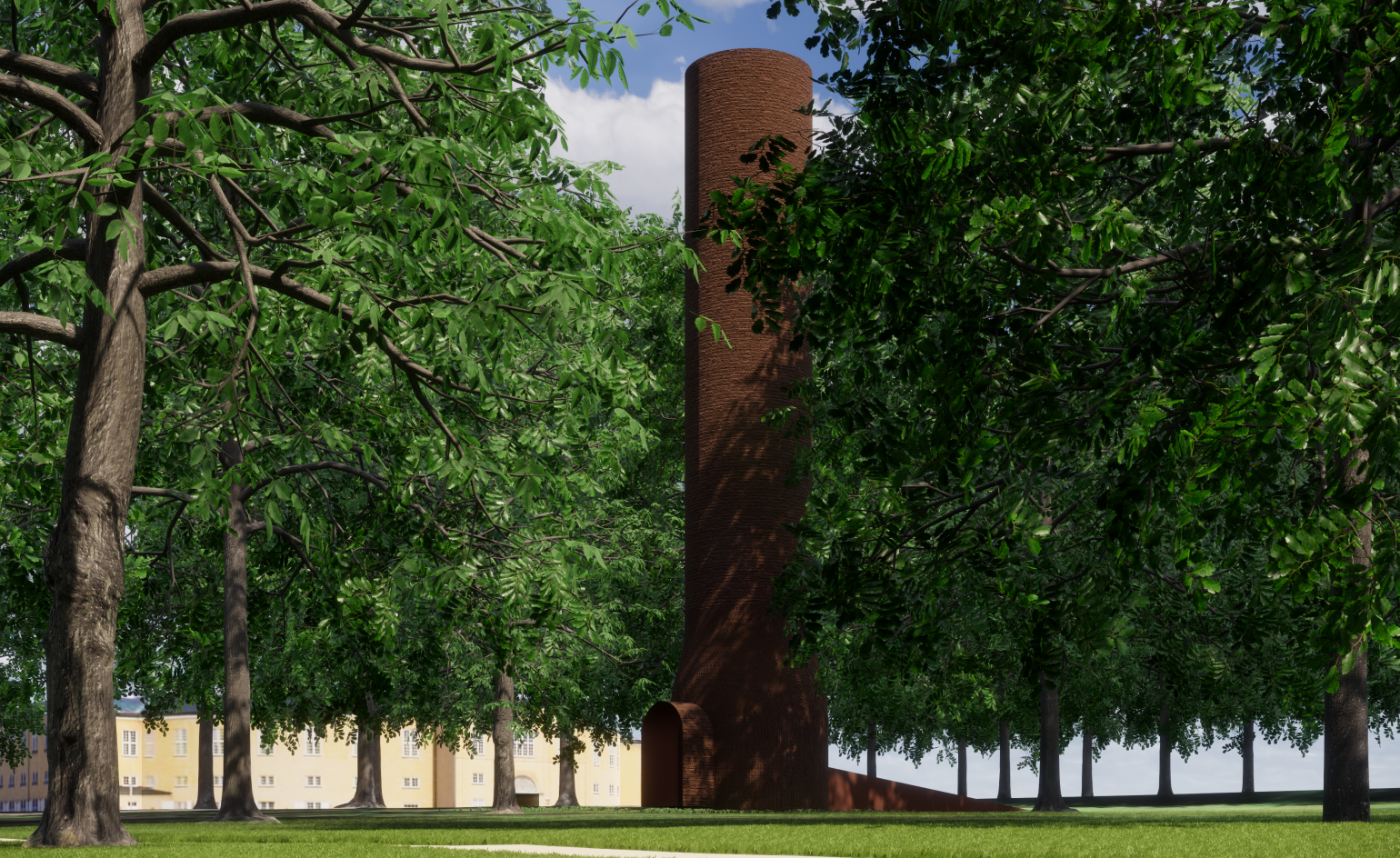
INFORMATION
Originally from Denmark, Jens H. Jensen has been calling Japan his home for almost two decades. Since 2014 he has worked with Wallpaper* as the Japan Editor. His main interests are architecture, crafts and design. Besides writing and editing, he consults numerous business in Japan and beyond and designs and build retail, residential and moving (read: vans) interiors.
-
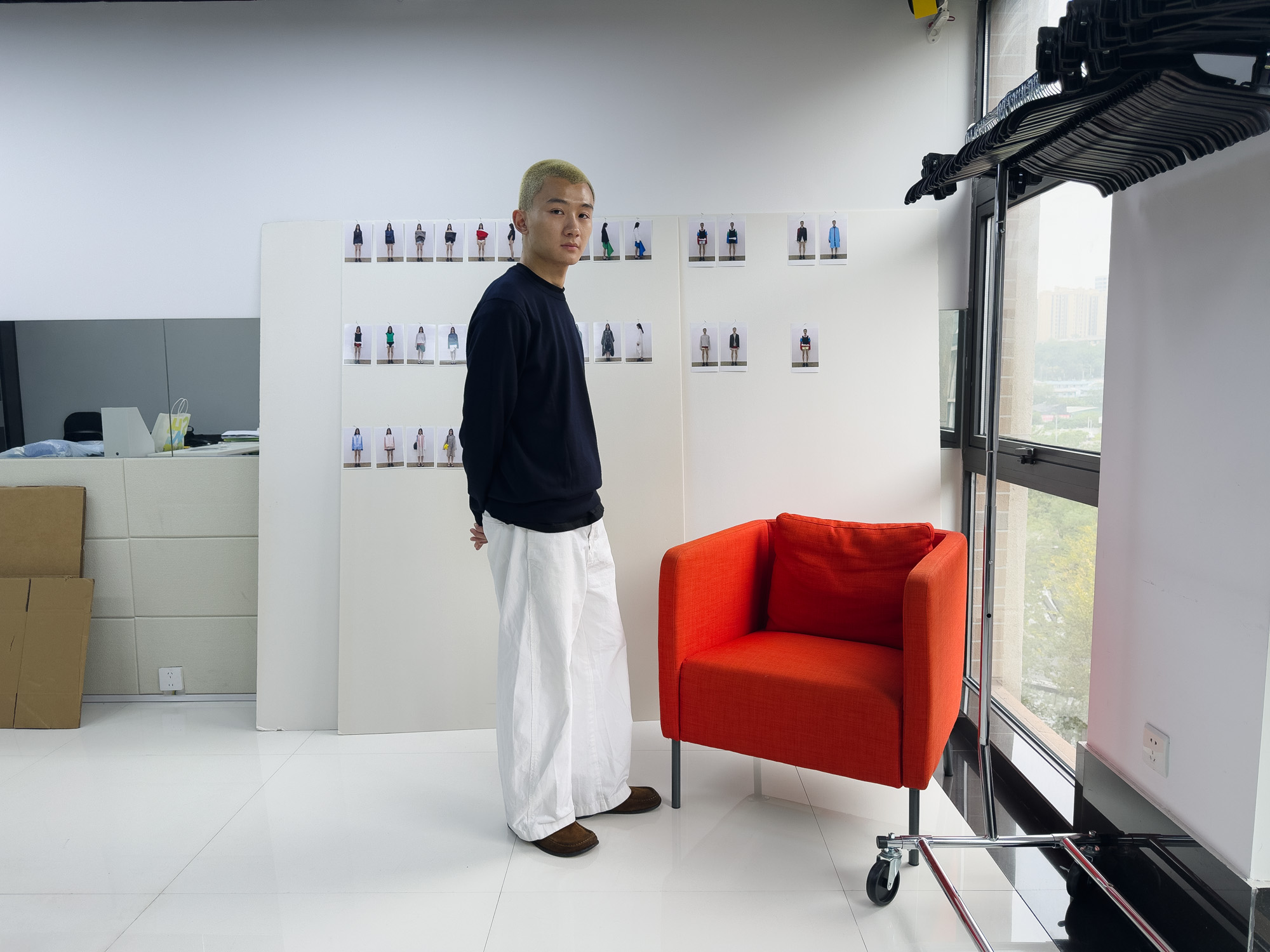 The rising style stars of 2026: Zane Li, fashion’s new minimalist
The rising style stars of 2026: Zane Li, fashion’s new minimalistAs part of the January 2026 Next Generation issue of Wallpaper*, we meet fashion’s next generation. First up, Zane Li, whose New York-based label LII is marrying minimalism with architectural construction and a vivid use of colour
-
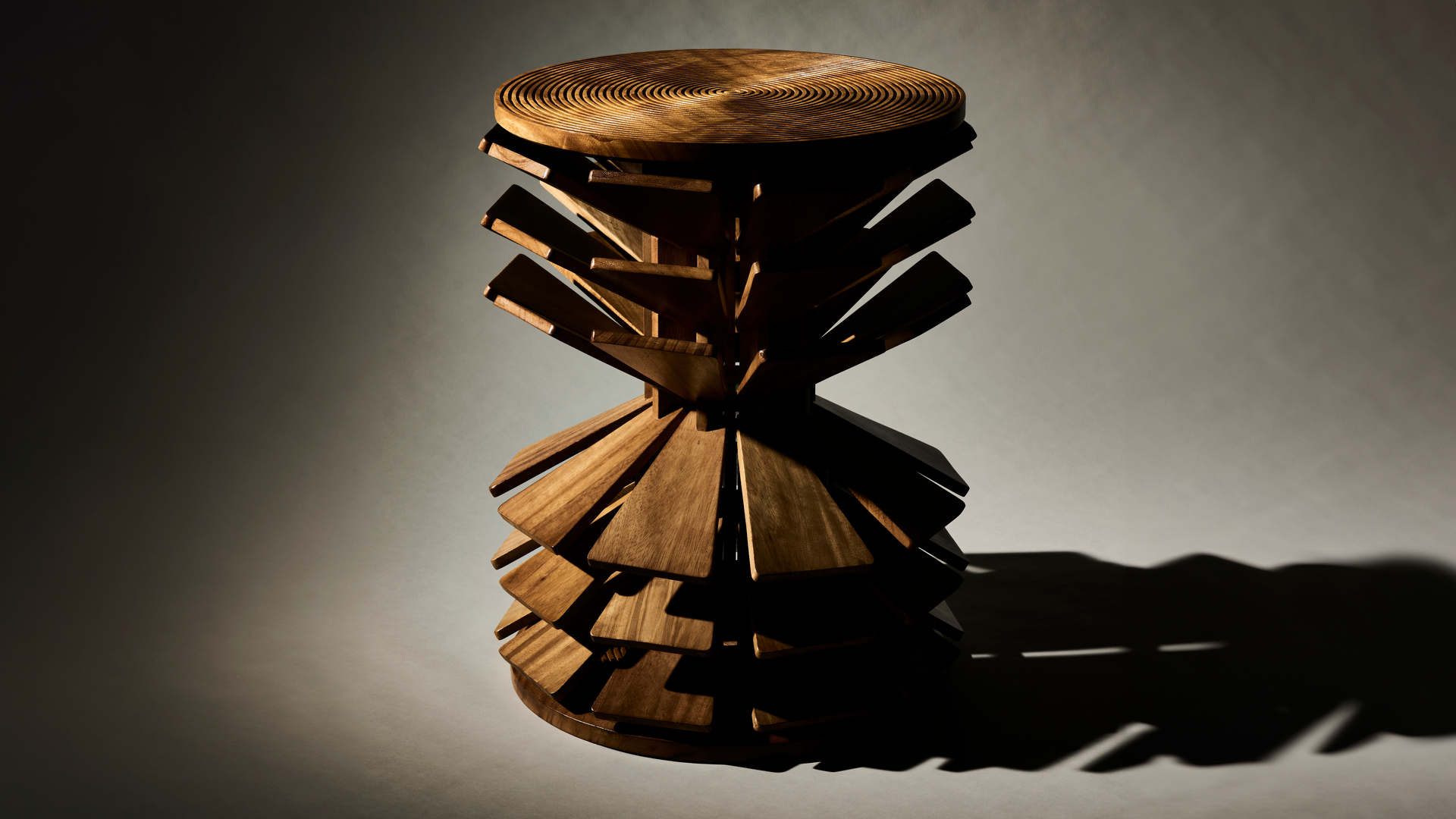 The work of Salù Iwadi Studio reclaims African perspectives with a global outlook
The work of Salù Iwadi Studio reclaims African perspectives with a global outlookWallpaper* Future Icons: based between Lagos and Dakar, Toluwalase Rufai and Sandia Nassila of Salù Iwadi Studio are inspired by the improvisational nature of African contemporary design
-
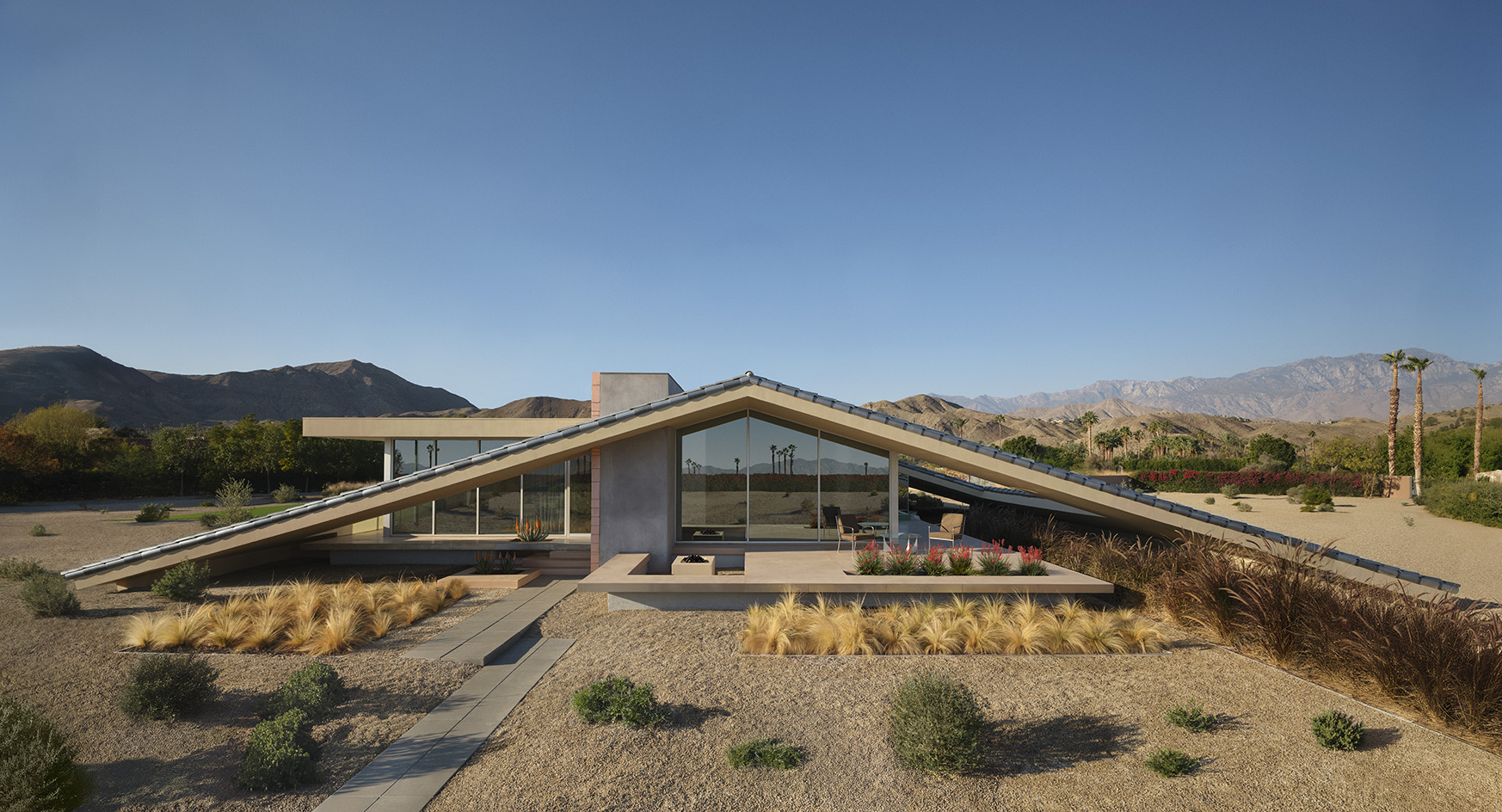 Top 25 houses of 2025, picked by architecture director Ellie Stathaki
Top 25 houses of 2025, picked by architecture director Ellie StathakiThis was a great year in residential design; Wallpaper's resident architecture expert Ellie Stathaki brings together the homes that got us talking
-
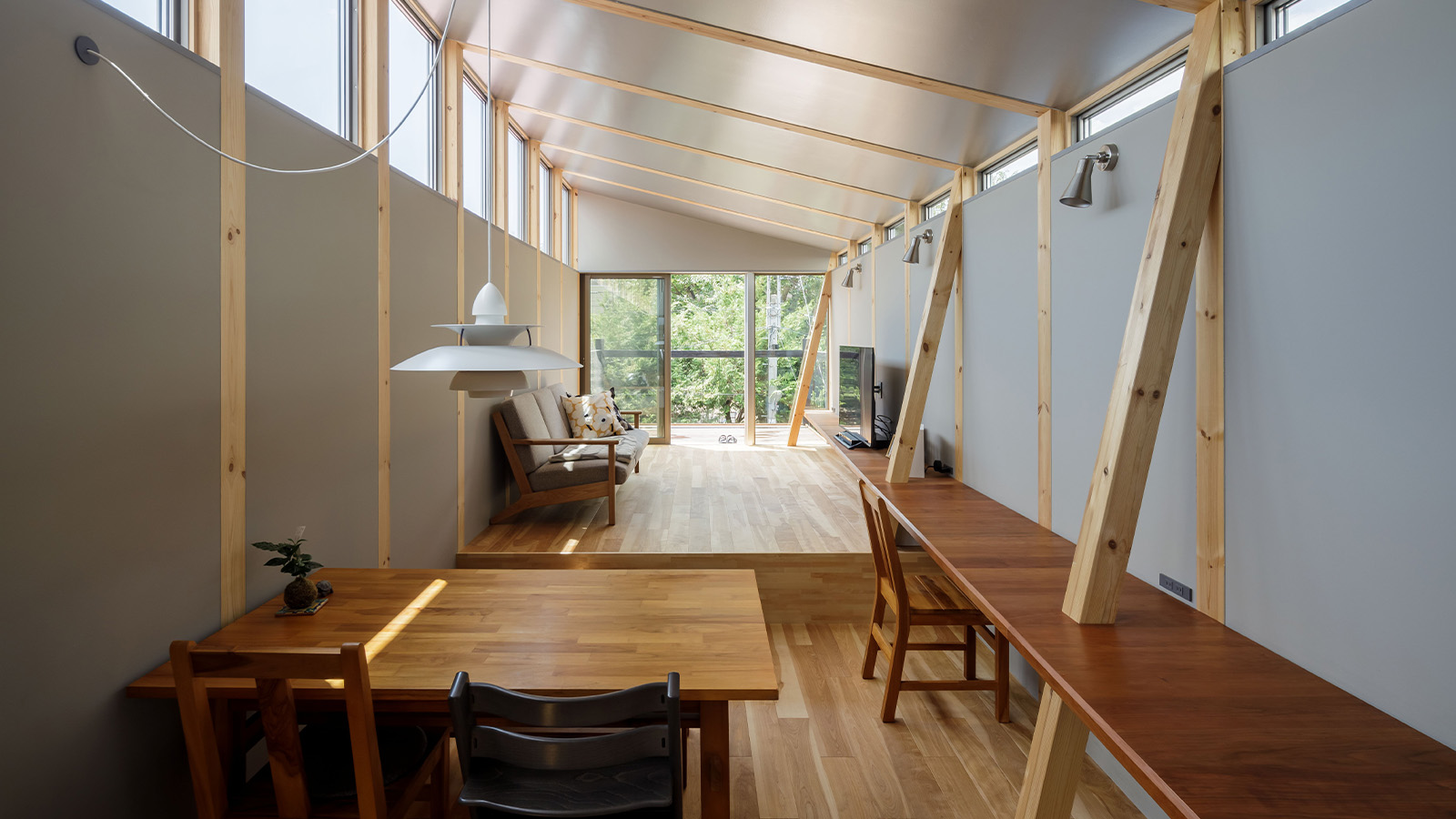 This Fukasawa house is a contemporary take on the traditional wooden architecture of Japan
This Fukasawa house is a contemporary take on the traditional wooden architecture of JapanDesigned by MIDW, a house nestled in the south-west Tokyo district features contrasting spaces united by the calming rhythm of structural timber beams
-
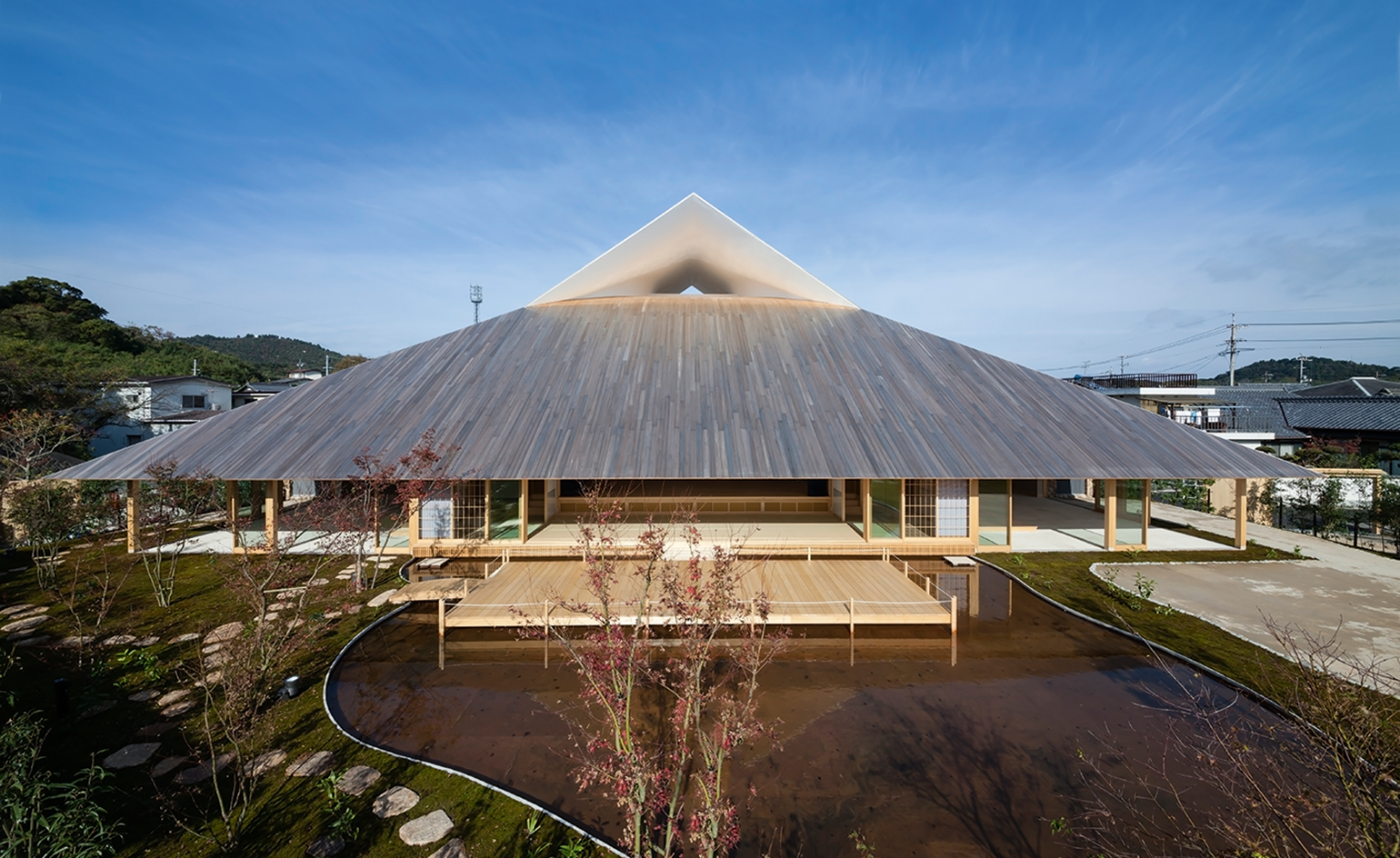 Take a tour of the 'architectural kingdom' of Japan
Take a tour of the 'architectural kingdom' of JapanJapan's Seto Inland Sea offers some of the finest architecture in the country – we tour its rich selection of contemporary buildings by some of the industry's biggest names
-
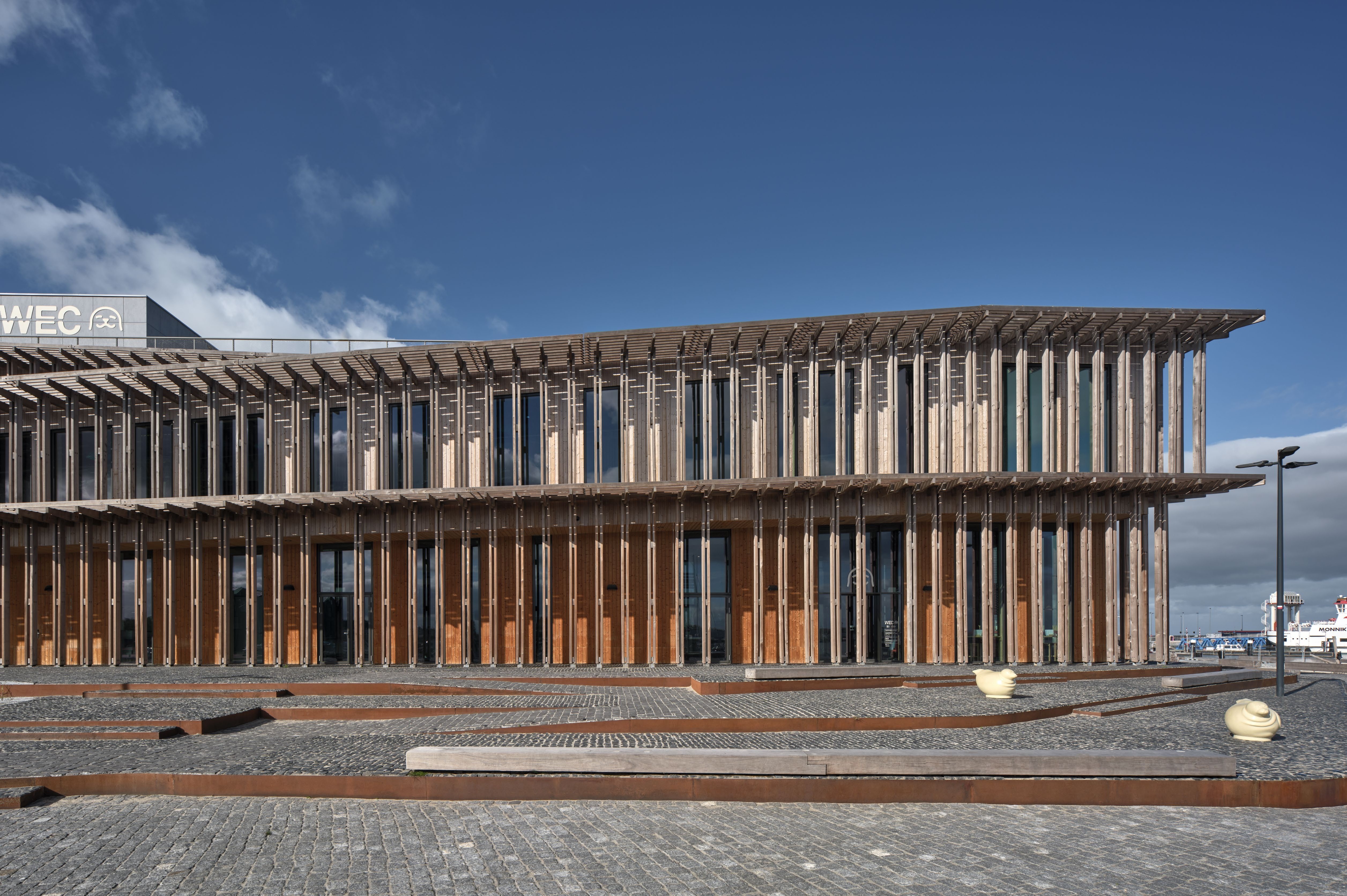 A Dutch visitor centre echoes the ‘rising and turning’ of the Wadden Sea
A Dutch visitor centre echoes the ‘rising and turning’ of the Wadden SeaThe second instalment in Dorte Mandrup’s Wadden Sea trilogy, this visitor centre and scientific hub draws inspiration from the endless cycle of the tide
-
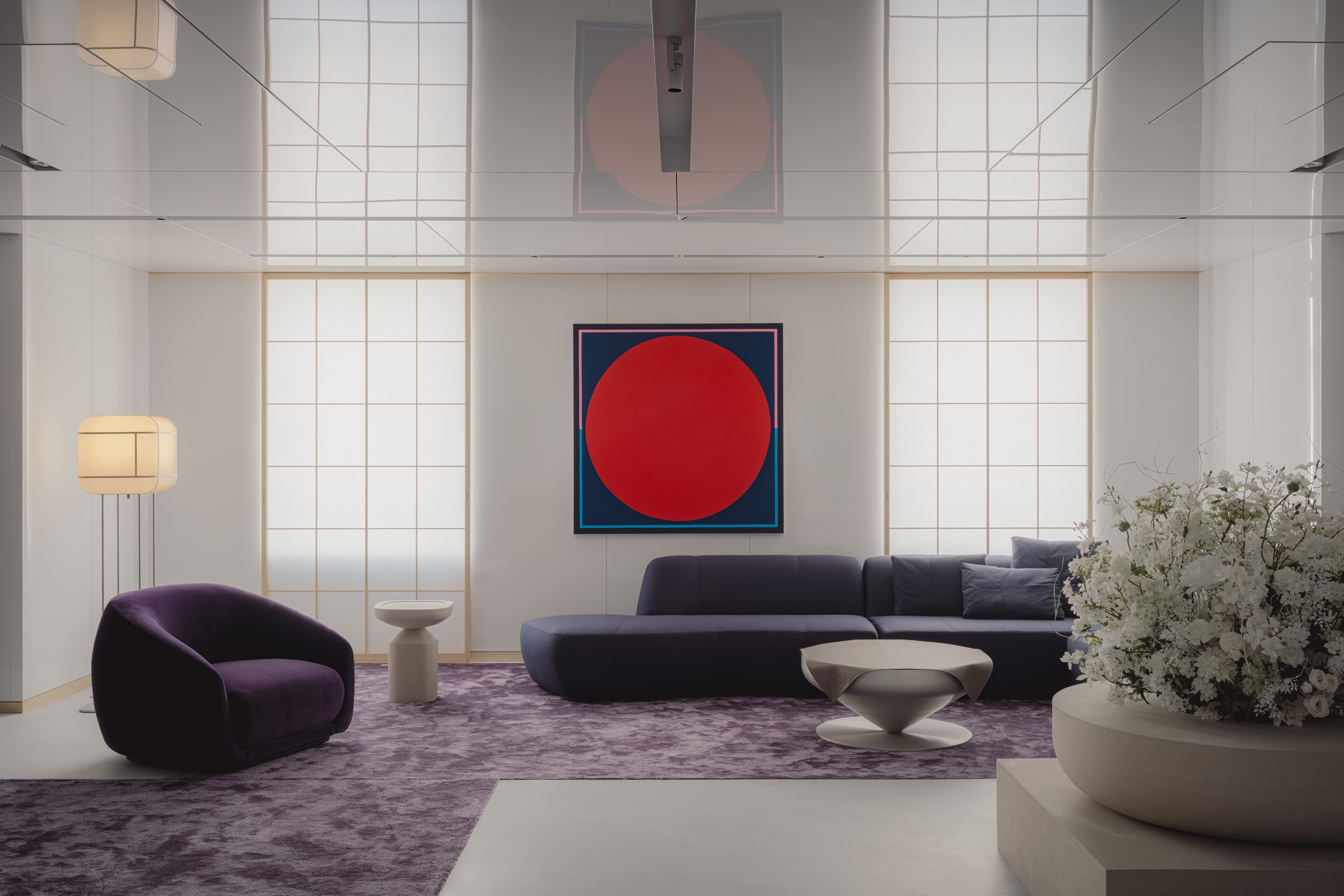 Matsuya Ginza lounge is a glossy haven at Tokyo’s century-old department store
Matsuya Ginza lounge is a glossy haven at Tokyo’s century-old department storeA new VIP lounge inside Tokyo’s Matsuya Ginza department store, designed by I-IN, balances modernity and elegance
-
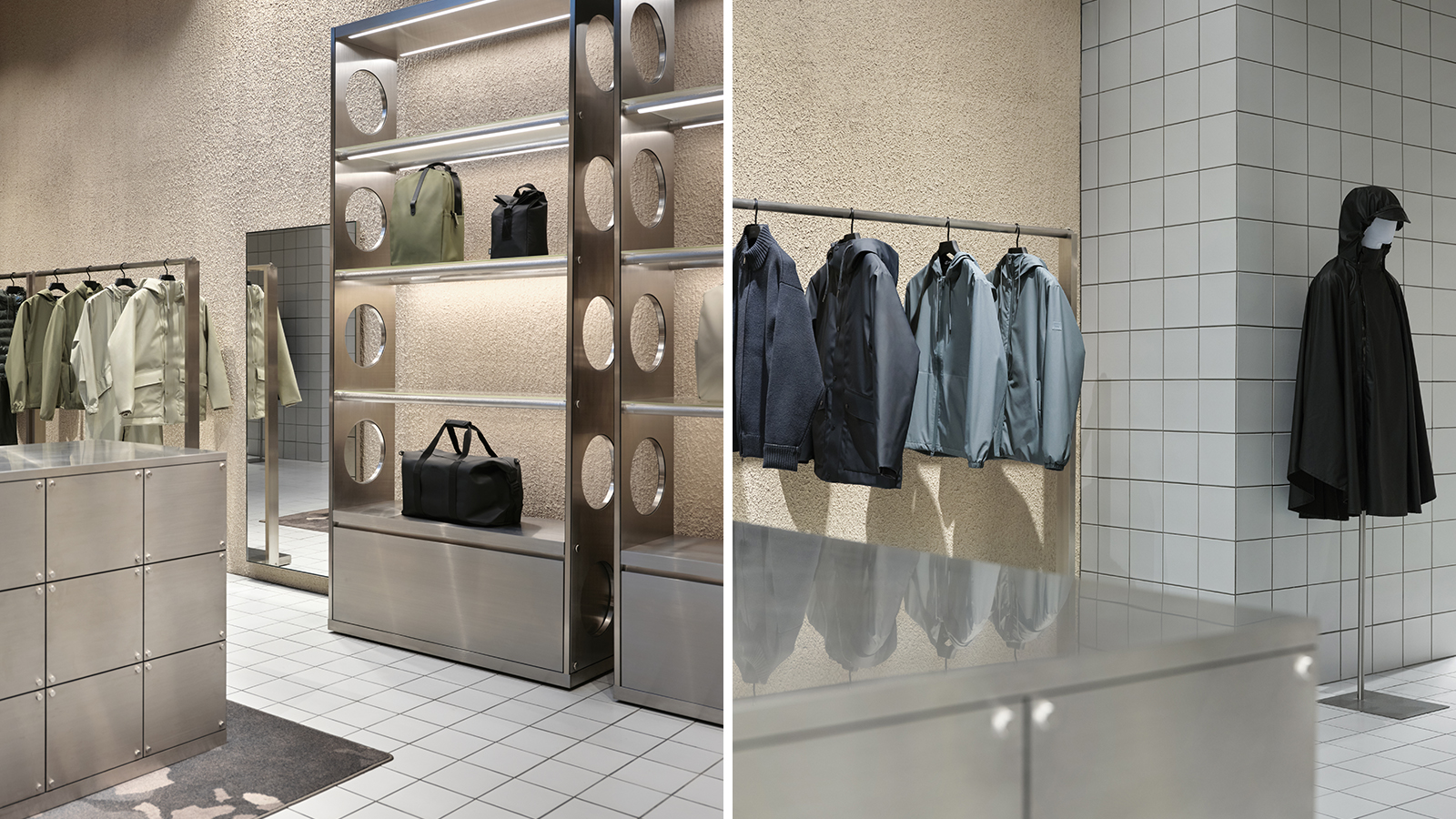 Rains Amsterdam is slick and cocooning – a ‘store of the future’
Rains Amsterdam is slick and cocooning – a ‘store of the future’Danish lifestyle brand Rains opens its first Amsterdam flagship, marking its refined approach with a fresh flagship interior designed by Stamuli
-
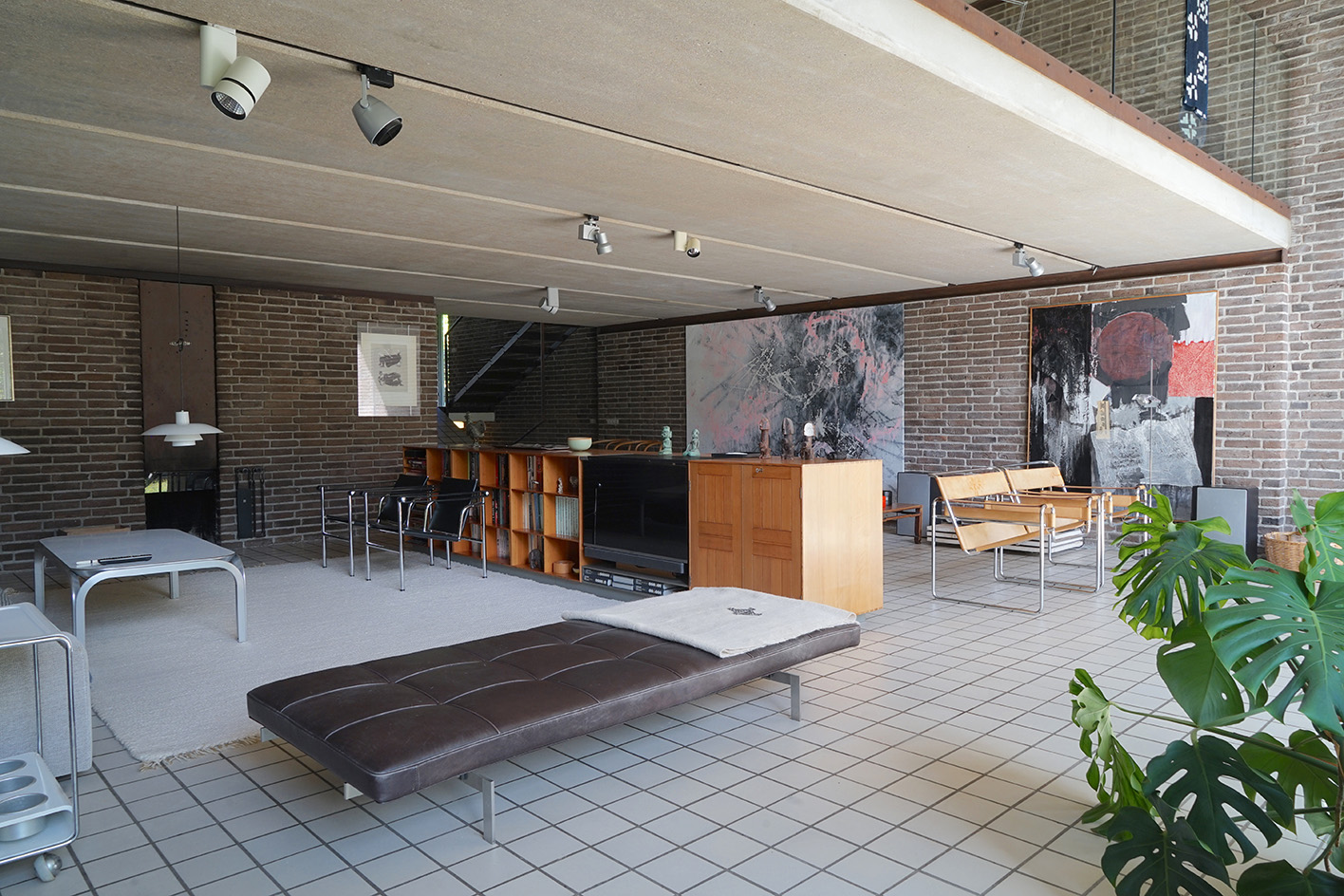 Three lesser-known Danish modernist houses track the country’s 20th-century architecture
Three lesser-known Danish modernist houses track the country’s 20th-century architectureWe visit three Danish modernist houses with writer, curator and architecture historian Adam Štěch, a delve into lower-profile examples of the country’s rich 20th-century legacy
-
 The Architecture Edit: Wallpaper’s houses of the month
The Architecture Edit: Wallpaper’s houses of the monthThis September, Wallpaper highlighted a striking mix of architecture – from iconic modernist homes newly up for sale to the dramatic transformation of a crumbling Scottish cottage. These are the projects that caught our eye
-
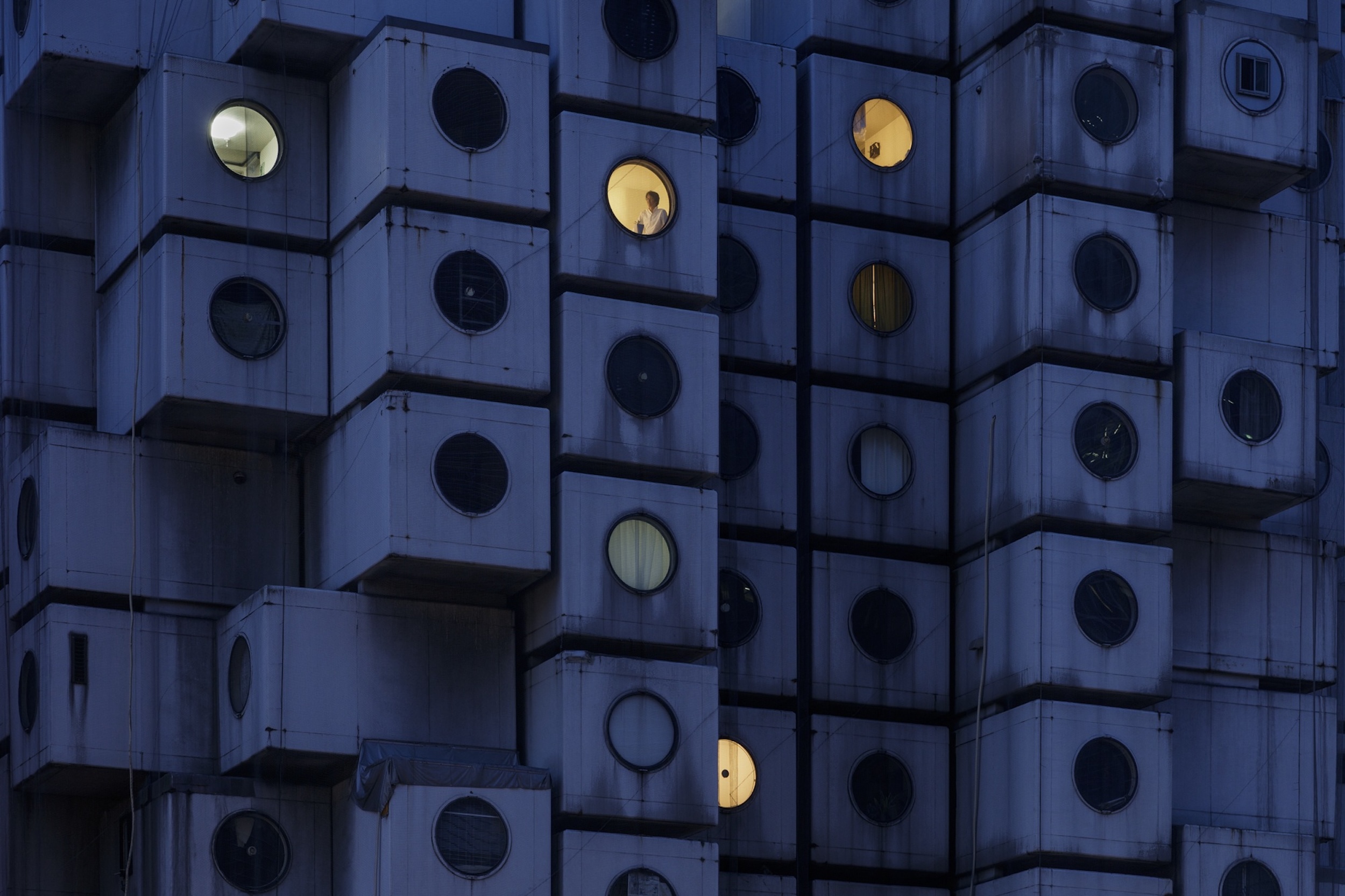 Utopian, modular, futuristic: was Japanese Metabolism architecture's raddest movement?
Utopian, modular, futuristic: was Japanese Metabolism architecture's raddest movement?We take a deep dive into Japanese Metabolism, the pioneering and relatively short-lived 20th-century architecture movement with a worldwide impact; explore our ultimate guide